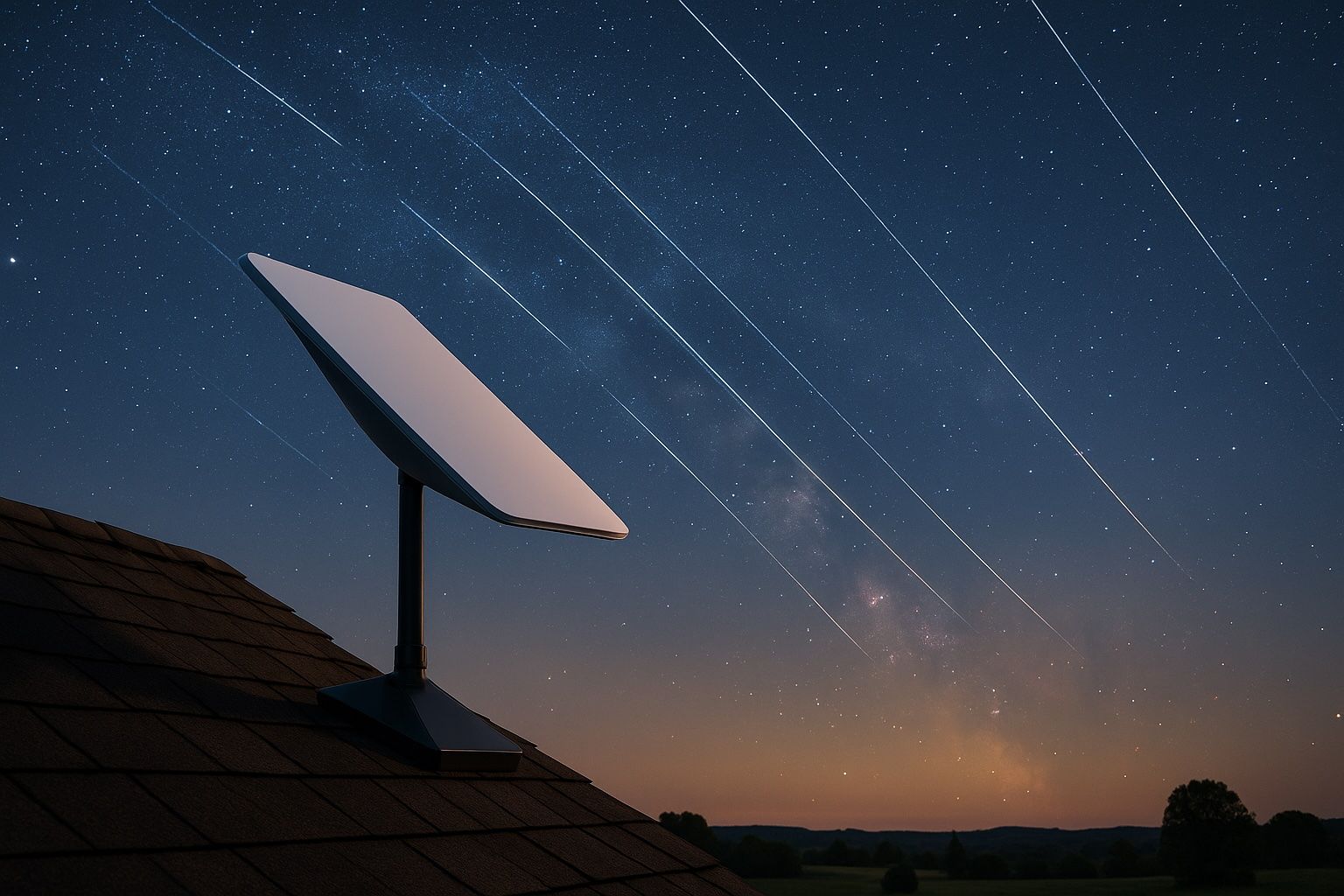
Dominican Republic’s Digital Revolution: Fiber, 5G and Starlink Are Connecting Every Corner of Paradise
Historical Development Current State of Internet Infrastructure Dominican Republic internet penetration is high (~89% in 2024 datareportal.com), driven mostly by mobile broadband. As of mid-2023 there were 8.94 million mobile‑broadband subscriptions (about 73% of the population) versus only ~1.09 million fixed‑broadband lines










